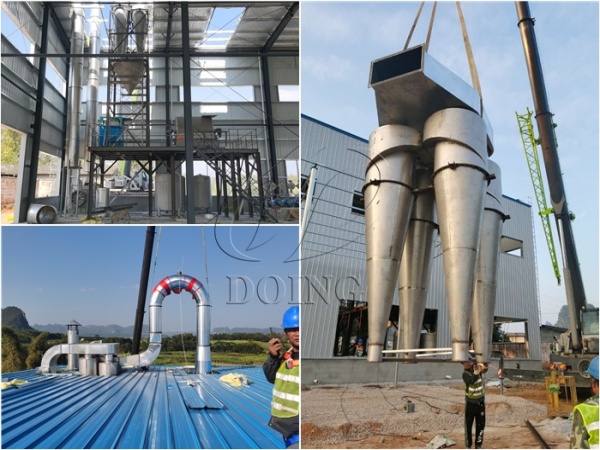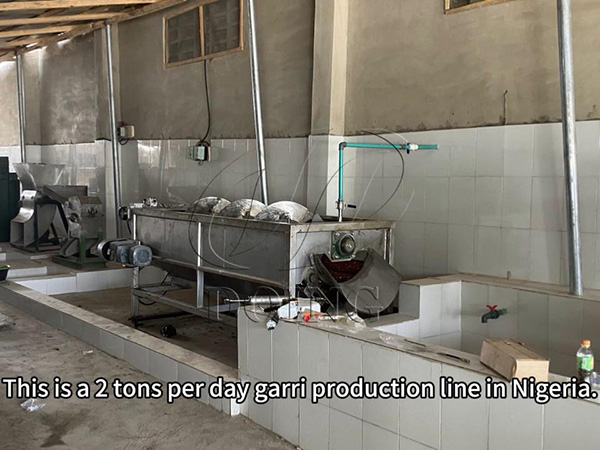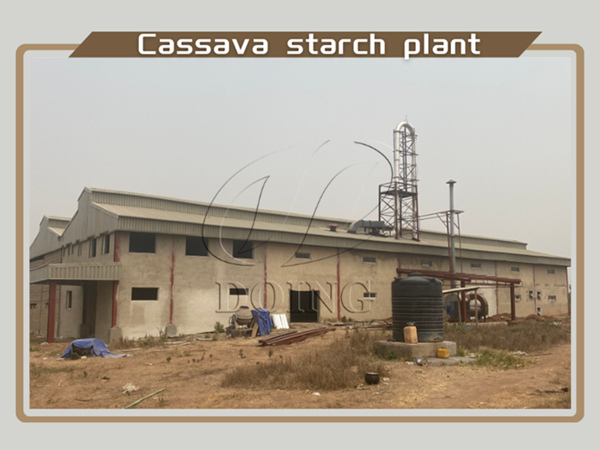
Total energy consumption of 2tph gari processing line
FAQ/ Chat online/ Leave a message/ October 29, 2025
"How much power does this equipment have?" "What is the total energy consumption of the entire line?"—these are the questions our clients most often ask when inquiring about cassava processing equipment. Energy consumption directly determines both fixed costs and project profitability after operation. Today, using Henan Jinrui's cassava processing machine as an example, we will provide a detailed analysis of the energy consumption of a 2-tph gari processing line and delve into the 3 key factors influencing energy consumption.
Total Energy Consumption of 2TPH Gari Processing Line
A standard 2-ton-per-hour (2tph) gari processing line typically includes core processes such as washing, peeling, grinding, dehydrating, frying, sieving, and packaging. Based on typical industry equipment specifications, the total energy consumption of such a large-scale production line is estimated to be between 240 and 300kW.
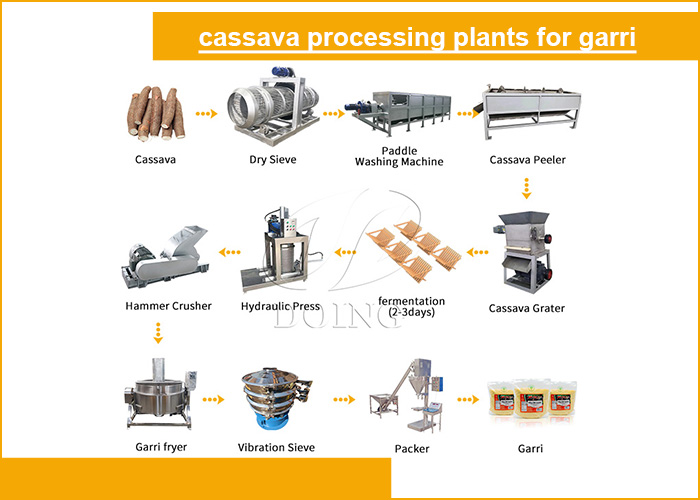 Garri processing line
Garri processing line
Taking Henan Jinrui's 2tph gari processing line as an example, our engineers' field testing confirmed that its total energy consumption can be stably controlled at approximately 245kW. By optimizing motor configuration, improving heat exchange efficiency, and integrating an intelligent control system, this production line achieves lower energy consumption than the industry average while ensuring stable output, effectively reducing long-term production costs for customers.
Of course, 245kW is an ideal energy consumption benchmark for Henan Jinrui's production lines. In actual operation, the total power consumption of a gari processing line will fluctuate around this figure, influenced by 3 key factors: equipment efficiency, raw material condition, and the level of automation. Next, we will delve into the 3 factors that influence gari processing line energy consumption.
3 Critical Factors Affecting Energy Consumption
1. Equipment Efficiency
Equipment efficiency is a core factor affecting the total energy consumption of a 2tph gari processing line. High-efficiency equipment not only directly reduces the energy consumption of single machines but also achieves significant energy savings by improving system synergy. Taking Henan Jinrui's equipment as an example, its high-efficiency cassava peeler and grinder, through optimized design and power configuration, significantly increase processing speed, shorten the overall line operating time, and effectively reduce total energy consumption. Meanwhile, the garri fryer, a key energy-consuming component, uses high-quality insulation materials and an innovative heat exchange structure to minimize heat loss and ensure that heat energy is concentrated on material roasting, thereby significantly reducing heating energy consumption.
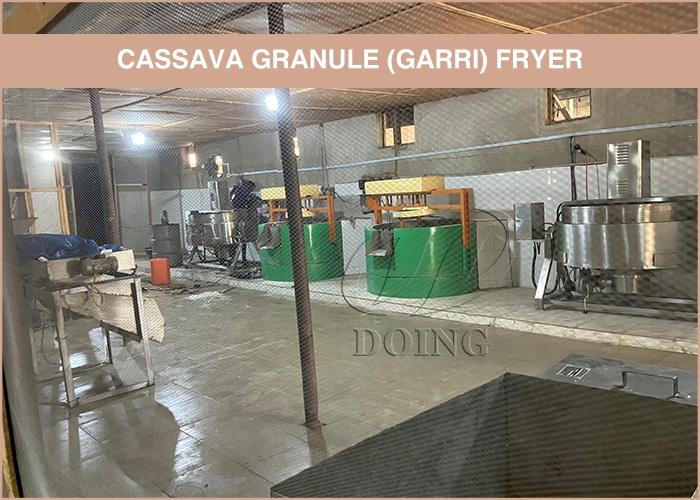 Gari making machine
Gari making machine
2. Raw Material Status
The raw material status also affects the energy consumption of the gari processing line, with moisture content being the critical factor. If the moisture content of the dehydrated cassava cakes is too high, it will directly lead to the need to evaporate more moisture in the subsequent frying stage, significantly prolonging the heating time and increasing energy consumption. Henan Jinrui's production line ensures that the materials are always in optimal condition before entering the next process by precisely controlling the processing parameters at each stage. This end-to-end optimization avoids energy losses in the later stages caused by insufficient processing in the front end, greatly reducing the energy consumption.
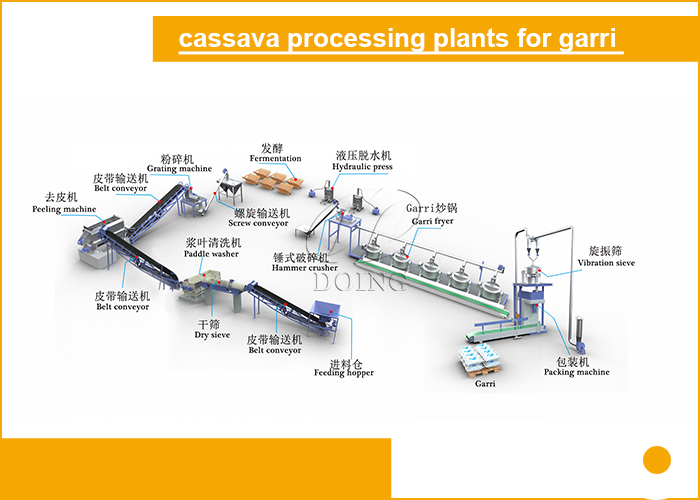 Garri production line
Garri production line
3. Automation Level
The automation level in the production line is another key factor affecting the energy consumption of a gari processing line. Typically, a fully automated 2-ton-per-hour gari processing line consumes approximately 10%–20% more energy than a semi-automatic configuration. This is mainly because fully automated lines integrate more auxiliary machine, such as automatic feeding hopper, temperature-controlled fermentation tank, belt conveyor, and screw conveyor. While these devices achieve seamless connections between processes, they also mean that more units operate simultaneously on the line within the same operating time, leading to increased overall energy consumption.
In summary, the total energy consumption of a 2-tph gari processing line can be stably controlled at approximately 245kW (taking Henan Jinrui as an example). However, this is not fixed and will be affected by key factors such as equipment efficiency, raw material condition, and automation level. If you are planning or upgrading your gari processing project, Henan Jinrui's high-efficiency and energy-saving production line is an ideal choice for controlling costs and increasing profits. Welcome to contact us for a customized equipment configuration plan!
Leave A Message
- Do you want to buy machine?
- Yes, I want to buy machine
- No, I want to learn more in advance.
- What is your raw material?
- Cassava
- Potato
- Sweet potato
- Others
- 2. What is the final product you want to produce?
- Garri
- Cassava flour
- Cassava starch
- Cassava chips
- Attiekie
- Bammy
- Others
- 3.What is your capacity plan?
- Small scale garri machine
- 1ton per day
- 2tons per day
- 3tons per day
- 10tons per day
- 20tons per day
- Others
- 3.What is your capacity plan?
- Small scale
- 5tons per day
- 10tons per day
- 20tons per day
- 50tons per day
- 100tons per day
- Others
- 3.What is your capacity plan?
- Small scale
- 5tons per day
- 10tons per day
- 20tons per day
- 50tons per day
- 100tons per day
- 200tons per day
- 300tons per day
- Others
- 3.What is your capacity plan?
- Small scale
- Middle type
- Large scale
- What is your capacity plan?
- Small scale
- 5tons per day
- 10tons per day
- 20tons per day
- 50tons per day
- 100tons per day
- 200tons per day
- 300tons per day
- Others

